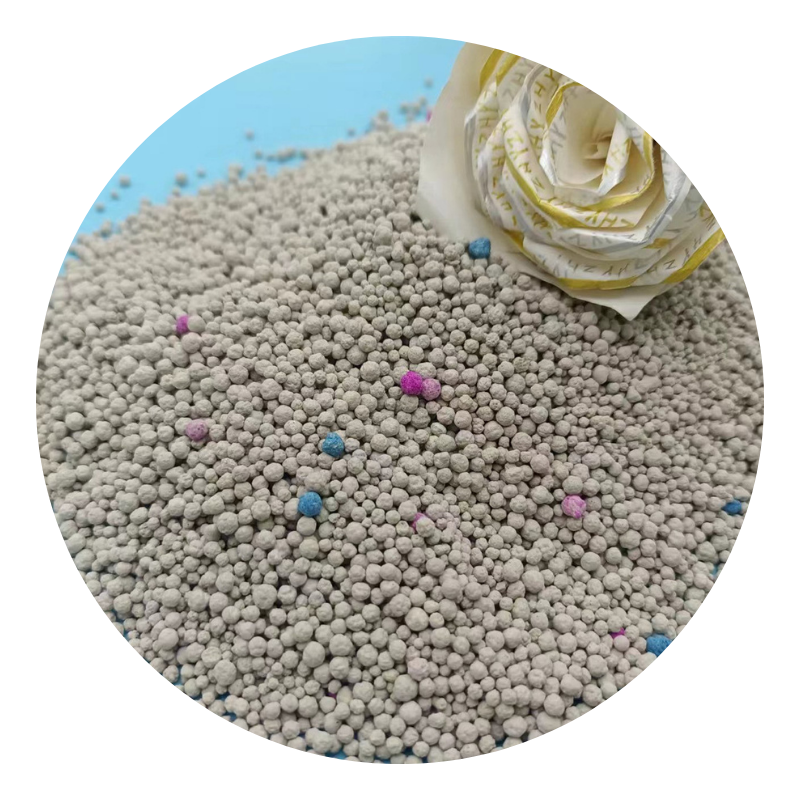
Granular Activated Carbon Applications in Water Purification Processes and Treatment Efficiency
Granular Activated Carbon in Water Treatment
Granular activated carbon (GAC) has emerged as an instrumental component in water treatment processes due to its remarkable ability to adsorb a wide variety of contaminants
. Water pollution is a growing global concern, and GAC offers a viable solution for both municipal water supplies and industrial applications.Activated carbon is formed from carbonaceous materials that undergo a process of activation, wherein the material is subjected to high temperatures in the presence of gases like steam or carbon dioxide. This activation process creates a vast surface area, making it highly effective in trapping organic compounds, chlorinated solvents, and even heavy metals. The granular form of activated carbon enhances filtration efficiency, allowing for easier handling and application in various filtration systems.
One of the principal mechanisms by which GAC purifies water is adsorption. Pollutants in water tend to bind with the surface of GAC due to Van der Waals forces and chemical interactions. As contaminated water passes through a GAC filter, harmful substances adhere to the carbon particles, effectively removing them from the water. This characteristic makes GAC particularly adept at treating water sources contaminated with pesticides, pharmaceuticals, and volatile organic compounds (VOCs).
granular activated carbon in water treatment

The versatility of GAC extends beyond simply removing organic pollutants. It also effectively reduces concentrations of chlorine and its by-products, enhancing the taste and odor of drinking water. This is particularly valuable for municipalities seeking to adhere to water quality standards while ensuring public health safety. Furthermore, GAC can be regenerated and reused, contributing to sustainable water treatment practices.
However, the use of GAC is not without challenges. The efficacy of GAC filters is influenced by factors such as contact time, flow rate, and the concentration of contaminants in the water. Over time, the adsorption capacity of GAC becomes saturated, necessitating regular replacement or regeneration to maintain optimal performance. Additionally, the initial investment for GAC systems can be significant, though this is often offset by their long-term cost-effectiveness and reduced need for additional chemical treatments.
In conclusion, granular activated carbon is a vital player in the field of water treatment, offering an effective and versatile means of removing various contaminants. Its ability to enhance water quality while being cost-efficient and environmentally friendly makes it an attractive option for addressing the pressing issue of water pollution. As the demand for clean water continues to rise, the role of GAC in ensuring safe and potable water will undoubtedly become even more critical in our efforts to promote public health and environmental sustainability.
Share
-
Premium Resin Coated Sand - High Heat Resistance CastingNewsJul.31,2025
-
High Quality Silicon Carbide Grit for Abrasive ApplicationsNewsJul.30,2025
-
High-Quality Ceramsite for Plants & Gardening | Lightweight PebblesNewsJul.29,2025
-
Premium Burgundy Glass Marbles for Vases & Shooter GamesNewsJul.29,2025
-
High Purity Quartz Sand for Industrial and Ground ApplicationsNewsJul.29,2025
-
High-Quality Barite Powder for Drilling & Industrial UseNewsJul.29,2025






